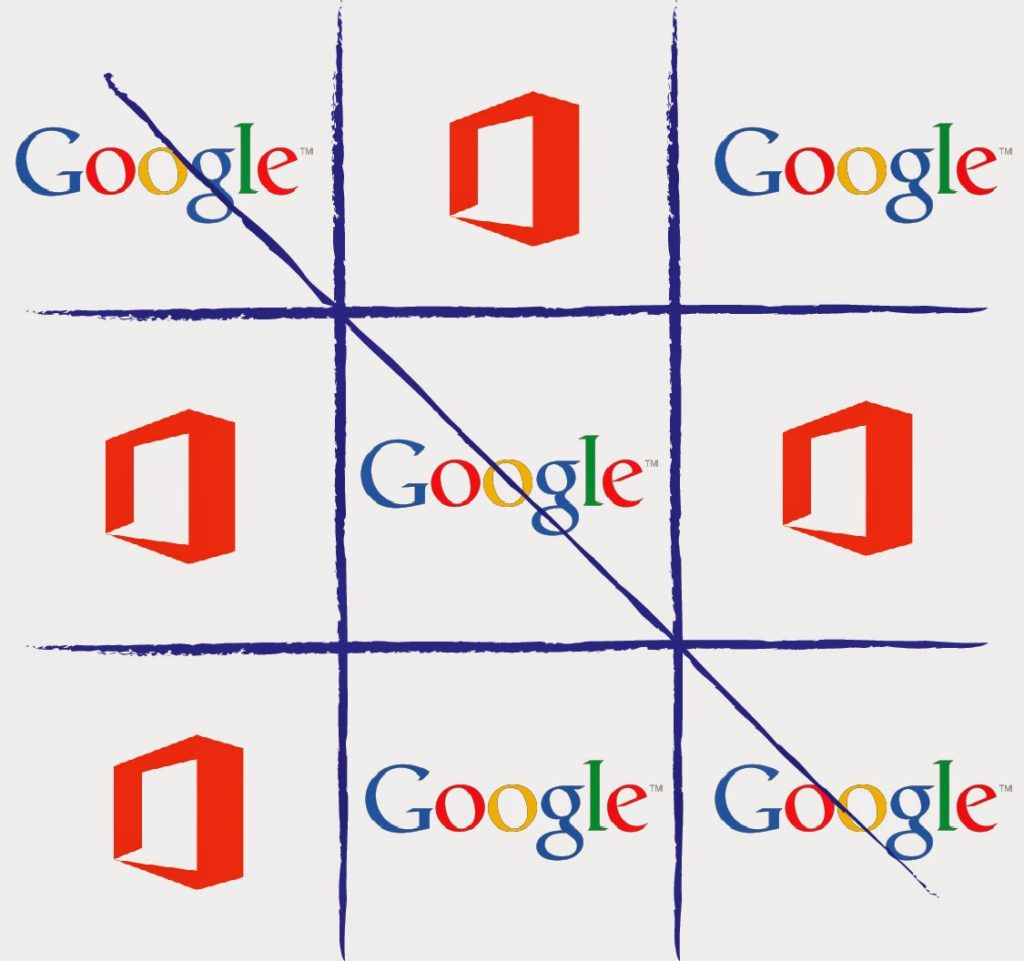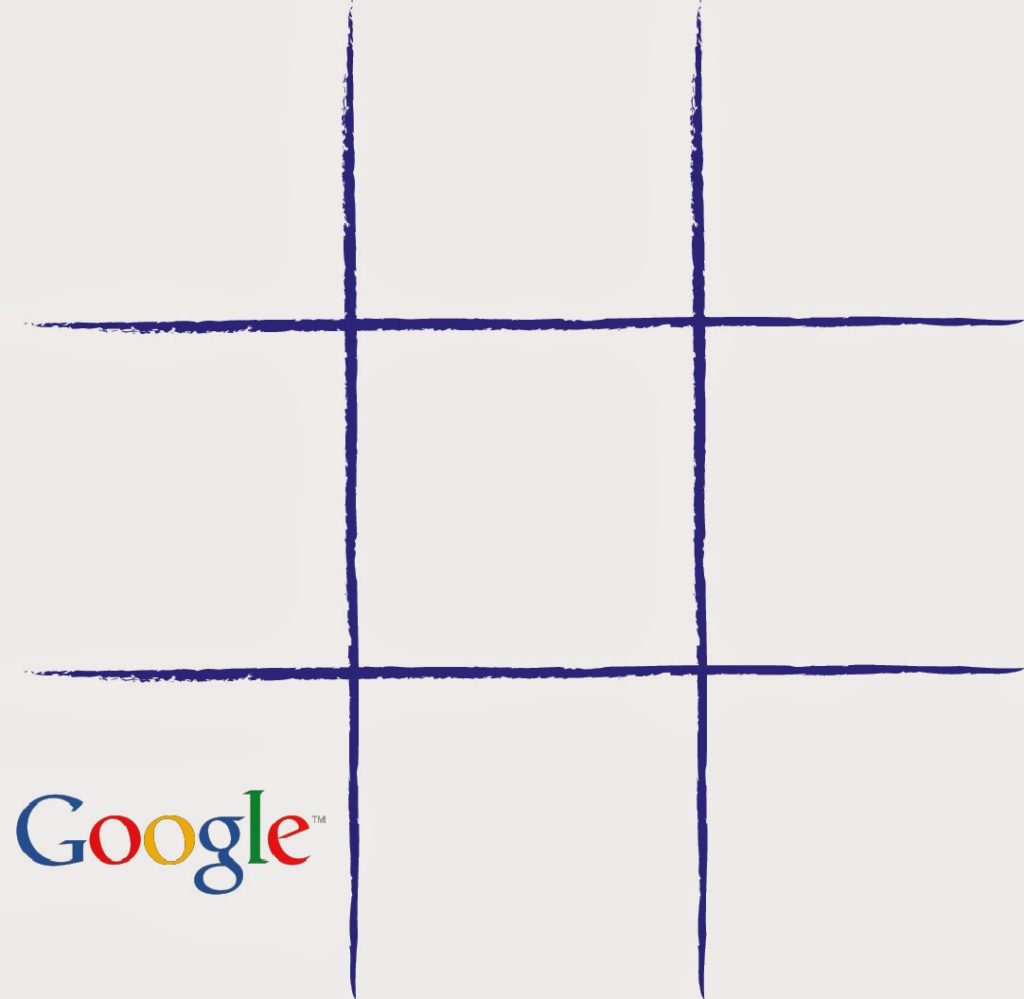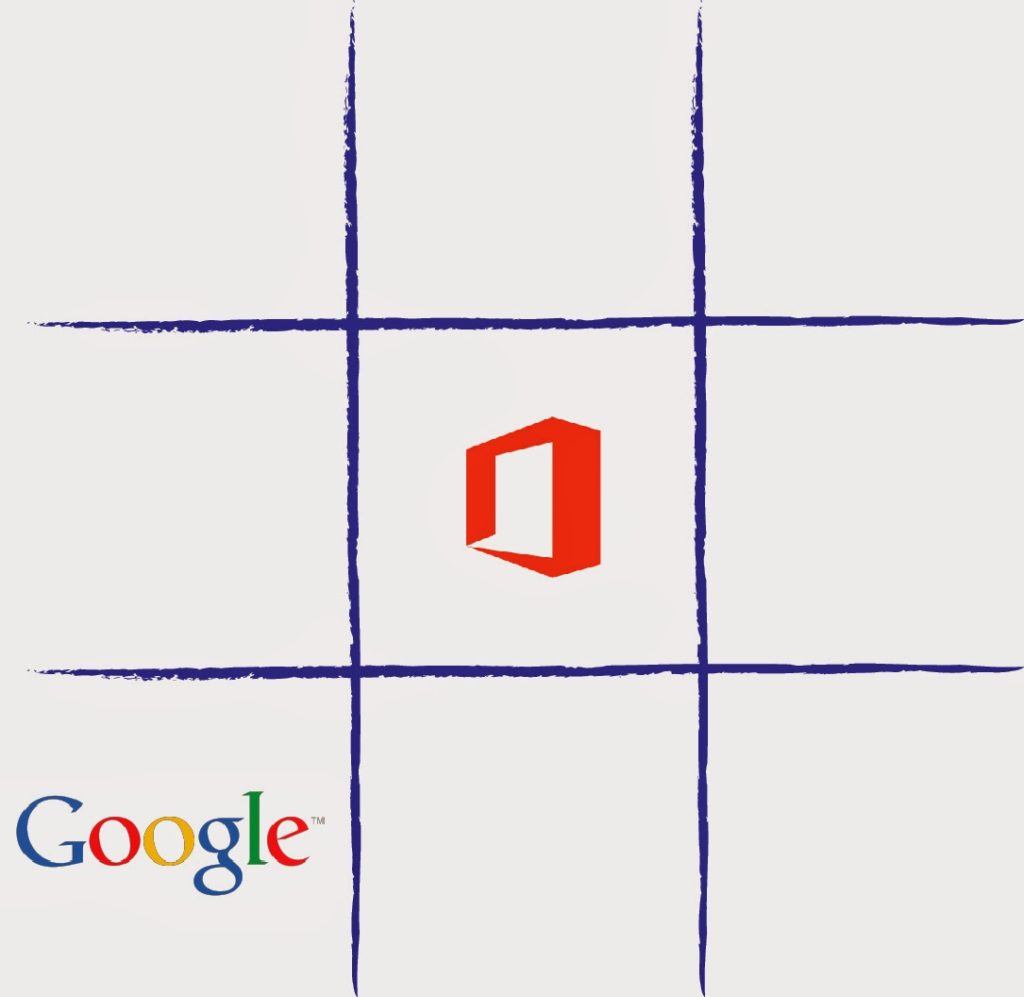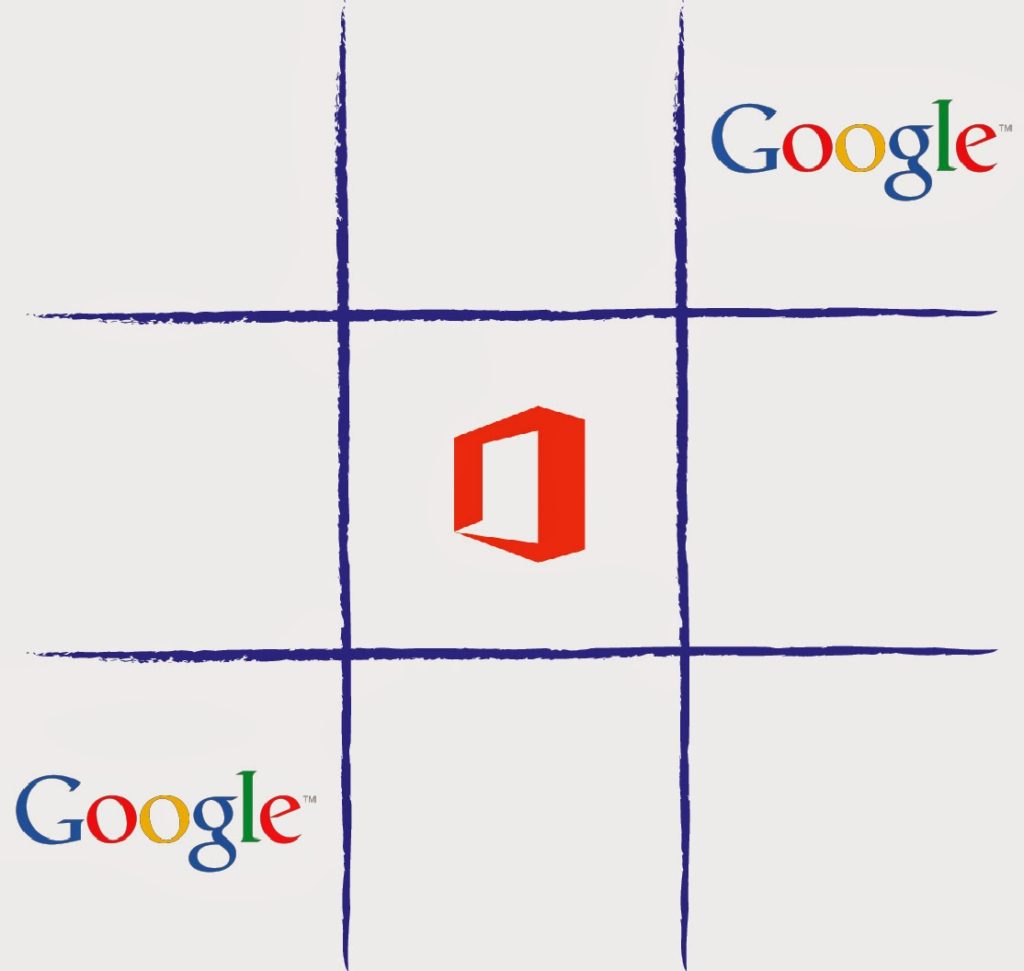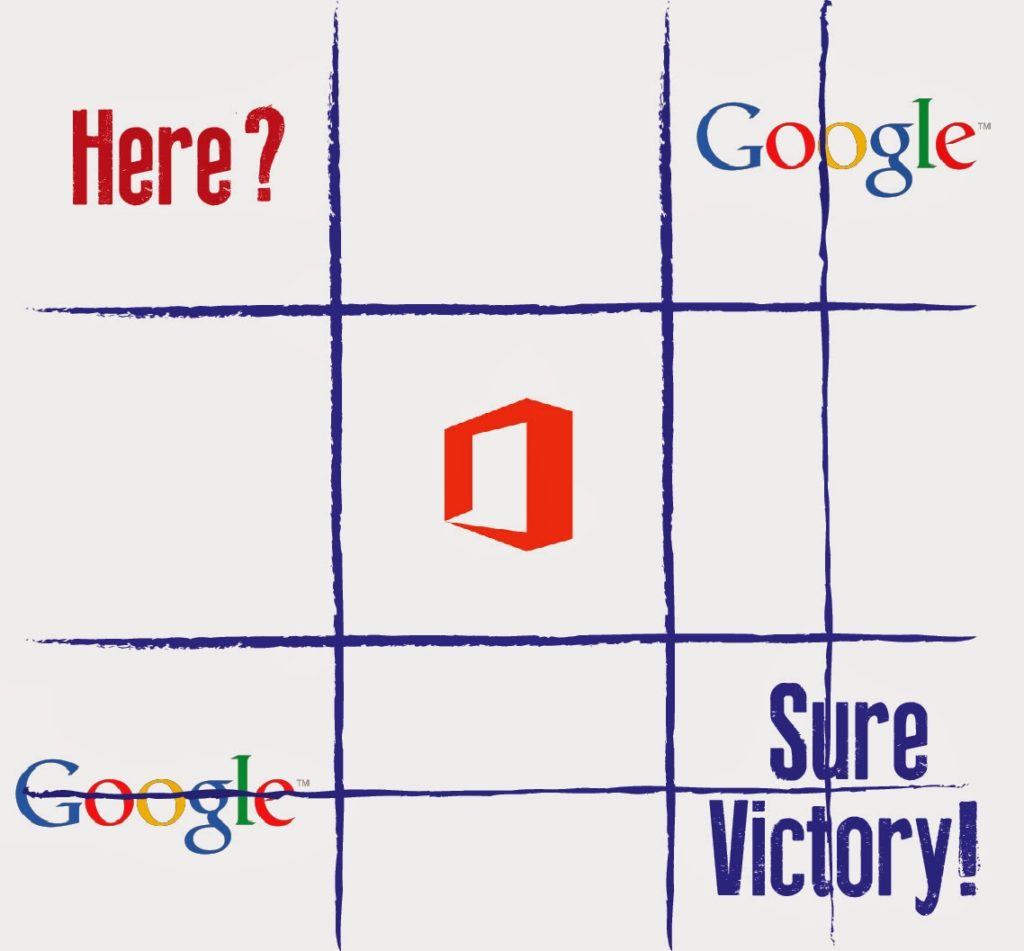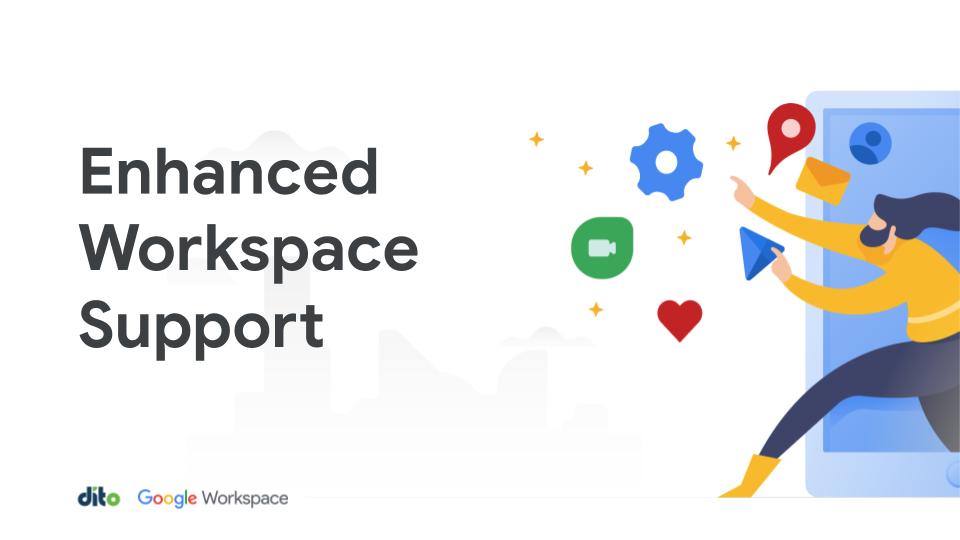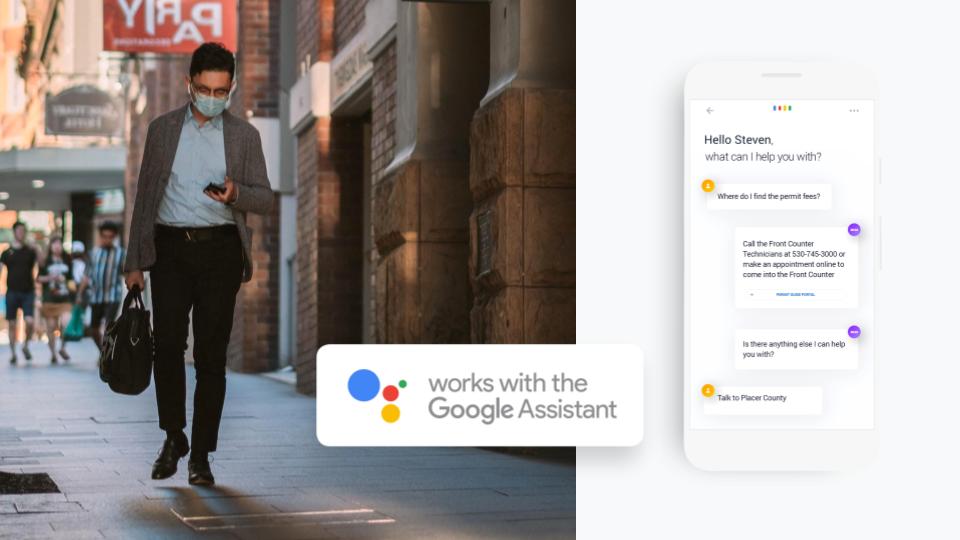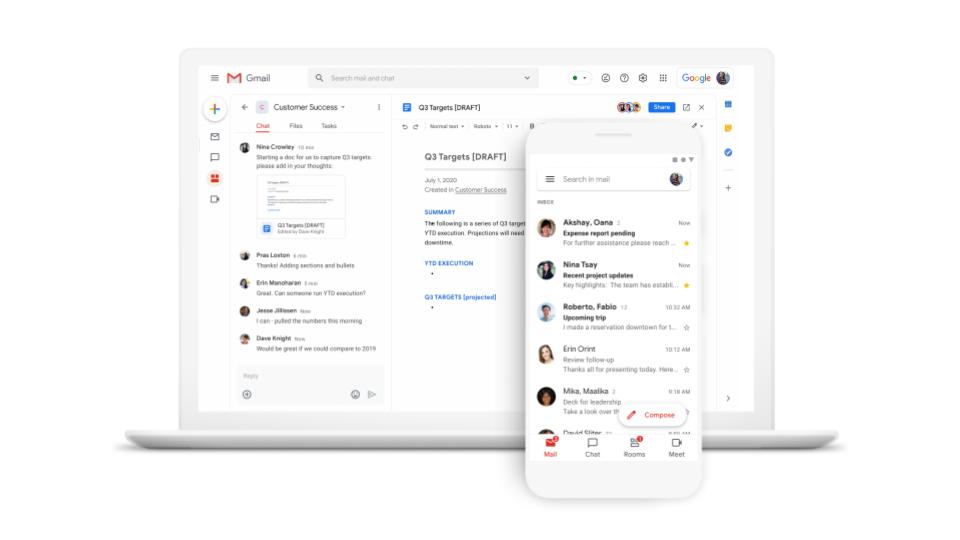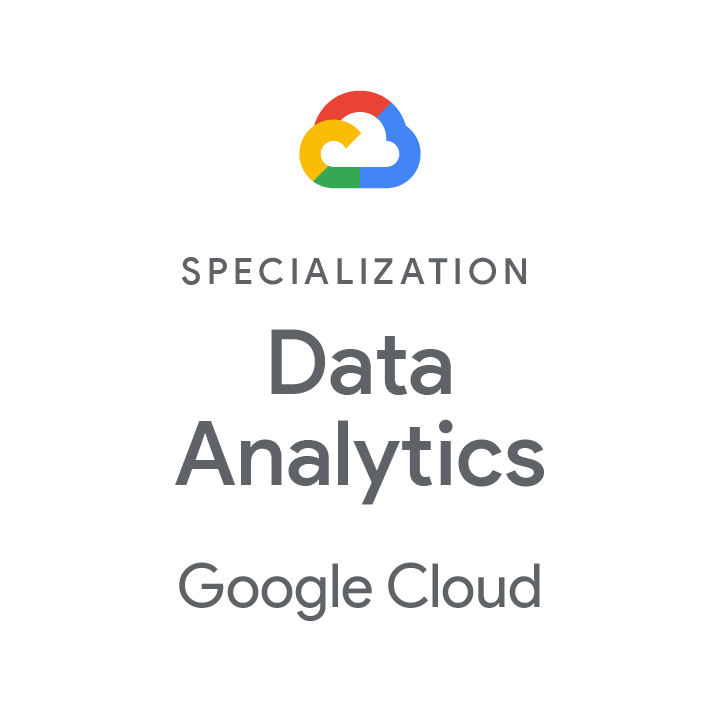Google Apps vs. Microsoft 365! The latest celebrity death match. Who will come out on top? There are many speculations, but here is one perspective formulated in a game of a tic-tac-toe.
There are countless predictions found in studies, tech blogs, and speculative social media updates with often dizzying discussion. Today we present you with a step-by-step play to this technology game, arranged in a tic-tac-toe board. As both services certainly have the funds and resources to support a successful life term, it really becomes a game of strategy and making the right moves.
Keep in mind that we are pitting Google Apps for Business and Microsoft 365 against one another, and not the Google and Microsoft companies as a whole. Of course this is all in good fun, but perhaps there’s a little truth behind this interpretation. Let’s Play!
Move #1
Google goes first. Now, I know what you are thinking… How come Google gets to go first? Aside from my obvious bias, it actually makes historical sense. Looking at cloud technology, Google made the first move by implementing Google Apps for Business in 2007. Microsoft did not follow suit with 365 — the counter product to Google Apps– until 2010.
Where does Google put its first mark on the board? Well, instead of taking the seemingly dominating center position on the tic-tac-toe board, Google snuck into one of the corners. As if to say, “I’m here, and we will see how this goes.”
Google Apps is pretty satisfied with the first move. In fact, “the beauty of starting at the corners is that there are seven guaranteed wins” (source https://www.cs.jhu.edu/~jorgev/cs106/ttt.pdf).
Move #2
Microsoft 365 is up now and they are not newbies to games of strategy. Microsoft makes the best strategic move by marking the dead center. At this point they are feeling pretty good. It was the best move strategically, since any other move results in a guaranteed loss. Plus, the center spot is the ideal “LOOK AT ME!” location. Good job, Microsoft 365.
Move #3
Google Apps make a surprising move that some would perceive as ridiculous. They seem like they are confused about how the game is played when they claim the top, right position. What’s going on here?
Although it appears that Google Apps is sacrificing a move, they are doing just the opposite. They are setting themselves up for the future. If Microsoft 365 selects either of the remaining corners, it is sudden death.
In cloud technology, Google put this seemingly uneventful play in place with it’s decision to provide service for education at no cost. It’s something that seemed unrelated to the business platform, but is proving to provide a direct correlation. Today, 70+ of the top 100 Universities are on Google Apps. We are breeding a future workforce that is adjusted and comfortable with cloud technology and in fact, expects it. As the mobile market climbs, consumers and business professional are growing to love applications and SaaS (software as a service).
Move #4
365 and cost: The pricing structure is very dizzying. And once you settle on a pricing structure for your business or organizations, the moment you expand, the pricing changes all over again.
365 and productivity: Microsoft Outlook and Office have long been the chosen productivity suite for businesses. Google Apps and Microsoft 365 introduce a new spin on collaboration and productivity with the shift to the cloud. Although both products boast new collaboration features, the Google Apps integration with virtually any device, with built-in mobile management, allows for easy user access and peace of mind of administrators.
365 and scalability: As your user count changes, so does your pricing structure. Even more, when an organization reaches over 250 users, it puts you in a new pricing bracket which results in additional migration. Eeek!
365 and user adoption: Although Microsoft is a familiar name, the bottom line is that 365 is a new product. Regardless of whether your organization chooses 365 or Google Apps, there is a period of adjustment and change management involved. Don’t be fooled into thinking it is a better solution because you are told nothing will change for users. Try to base your judgement on your long term goals and how these products help you achieve them.
The Game Continues
I have chosen to leave this game open-ended. The game isn’t over yet and although the winner is not clearly evident, Google Apps certainly has potential that is going to depend very much on 365’s next move. One thing is for sure though, Google Apps is set up quite nicely.
In line with Microsoft’s current campaign –basically an anti Google campaign– it is unclear what future benefits Microsoft 365 plans to roll-out; They are focusing on bashing Google in general instead of highlighting their own features. I predict they will end up pushing themselves into a corner – both figuratively and strategically – losing this game of tic-tac-toe, as well as a successful future with cloud services.
Thoughts?
This is my prediction. Of course there are other scenarios, even options to tie. Leave us your predilections, comments, and questions below.
